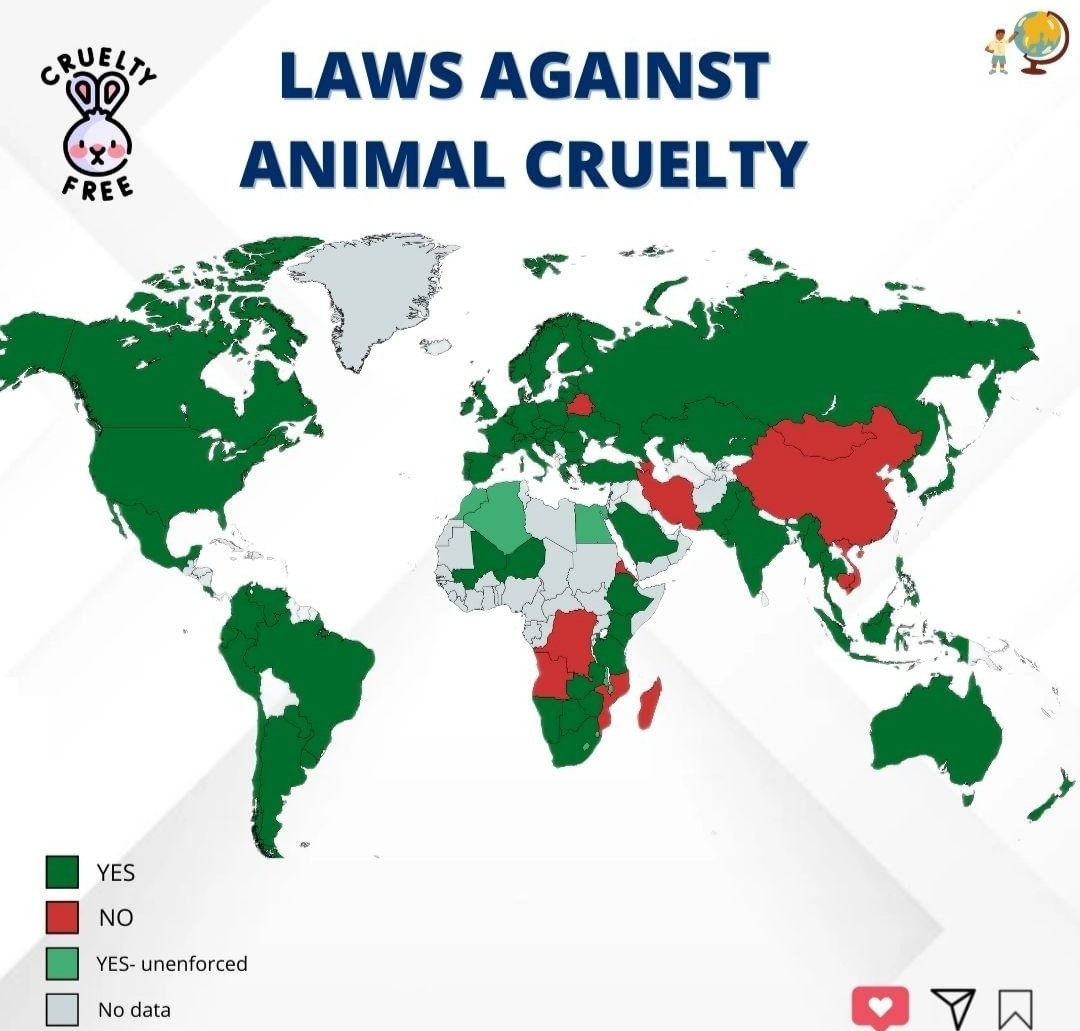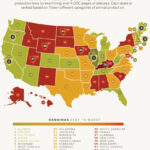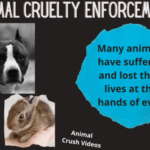Across the vast expanse of America, the dichotomy of animal rights laws mirrors the nation’s varied landscape – rugged mountains, infinite plains, densely populated urban jungles, and tranquil rural retreats. Each state, like a uniquely crafted piece of art, creates its narrative regarding animal protection. Hence, the question arises: is there a unified law against animal cruelty in America, or are we merely left with patchwork regulations scattered across a mosaic of jurisdictions?
To grasp this concept, it is essential first to delve into the federal laws governing animal welfare. While the Animal Welfare Act (AWA), enacted in 1966, serves as the umbrella legislation aimed at ensuring humane treatment for certain animals, it is riddled with gaps. This law primarily covers animals used in research or for commercial purposes, such as those in zoos or laboratories. Pet owners and many domesticated animals, however, often find themselves adrift in a sea of ambiguity, as the AWA does not extend comprehensive protection to all animals. The intent here underscores a poignant reality: while federally mandated regulations provide some level of safeguarding, they fail to act as a robust bulwark against cruelty.
This points to a crucial distinction between federal and state legislations. At the state level, a myriad of no animal cruelty laws exists — each crafted with distinct nuances to meet the specific needs or cultural attitudes of that state. For example, some states have enacted stringent laws forbidding specific acts like dog fighting or cockfighting. Others may have more generalized statutes against cruelty, providing reasonable fines and penalties without specific delineations. Such variability creates inconsistency in the application of animal rights. It is as if each state operates its orchestra without a conductor, leading to discordant notes in the enforcement of laws meant to protect our most vulnerable companions.
Although numerous states have made significant strides in combatting animal cruelty, they often face challenges. Enforcement of these laws can be a Herculean task. In many areas, local law enforcement may lack the necessary training to handle cases of animal mistreatment. This situation results in enforcement gaps – openings for cruelty to proliferate unchecked. Moreover, awareness and resources for reporting and investigating animal cruelty vary widely from one place to another. Consequently, the very existence of a law does not always equate to its effective implementation.
Moreover, the public perception and cultural views on animals also play a vital role in shaping state legislation. In regions where livestock farming constitutes a significant part of the economy, practices deemed acceptable can often clash with animal rights ideals. These conflicts come to the forefront during debates over factory farming, which has attracted considerable scrutiny for its treatment of animals. The juxtaposition of economic interests against ethical considerations creates a complex battleground where agricultural fidelity is set against the tenets of compassion. It is a visceral reminder that humanity often dances with hypocrisy; one moment advocating for kindness, the next turning a blind eye to suffering.
While some states have taken formidable steps forward, enacting comprehensive anti-cruelty laws, others lag behind. For instance, states like California and Illinois have embraced laws that reflect a more progressive stance on animal protection, categorizing severe cruelty as felonies and imposing substantial penalties on offenders. They are akin to bright beacons illuminating the path toward a future where animals are afforded dignity and respect. In contrast, states that lack such stringent legislation risk becoming synonymous with barbarism; a retreat into ignorance rather than a stride toward enlightenment.
However, the challenge does not merely reside in the presence or absence of laws but in our collective societal understanding of animal welfare. Many citizens remain uninformed regarding what constitutes cruelty, including neglect and inadequate care. There exists a pervasive stereotype, often utilized as an alibi, that animal cruelty is an isolated problem, relegated to certain demographics or communities. In truth, it permeates all strata of society. The solution requires a holistic approach, fostering education and advocacy to elevate consciousness regarding animal welfare. The goal must be a harmonious society where laws against cruelty are not just statutes but reflect a shared ethical compass across all states.
Furthermore, the rise of social media and online platforms has catalyzed a cultural shift. The ability to share and amplify stories of animal cruelty has urged individuals to galvanize into action, forming grassroots movements that transcend state borders. As advocates rally together, social awareness burgeons, challenging the status quo and urging state legislatures to reevaluate and potentially revise their laws. This digital activism is a powerful reminder that collective voices can stir change, echoing across the usually isolated chambers of lawmaking.
Ultimately, the inquiry into the presence of no animal cruelty laws in America underscores the essential nuance of the nation’s legal fabric. Federal regulations may lay a foundation, but the strength of protections resides within the arms of individual states. The quest for comprehensive animal welfare is far from over, calling for steadfast advocacy, informed citizenry, and engaged legislators. Only then can we hope for a world where the tapestry of laws against animal cruelty is woven tight, creating a protective covering for all animals across this diverse nation. Thus, as each person becomes an advocate for compassion and justice, we inch closer to a future where animal welfare is a universal certainty, not just a far-off dream.








